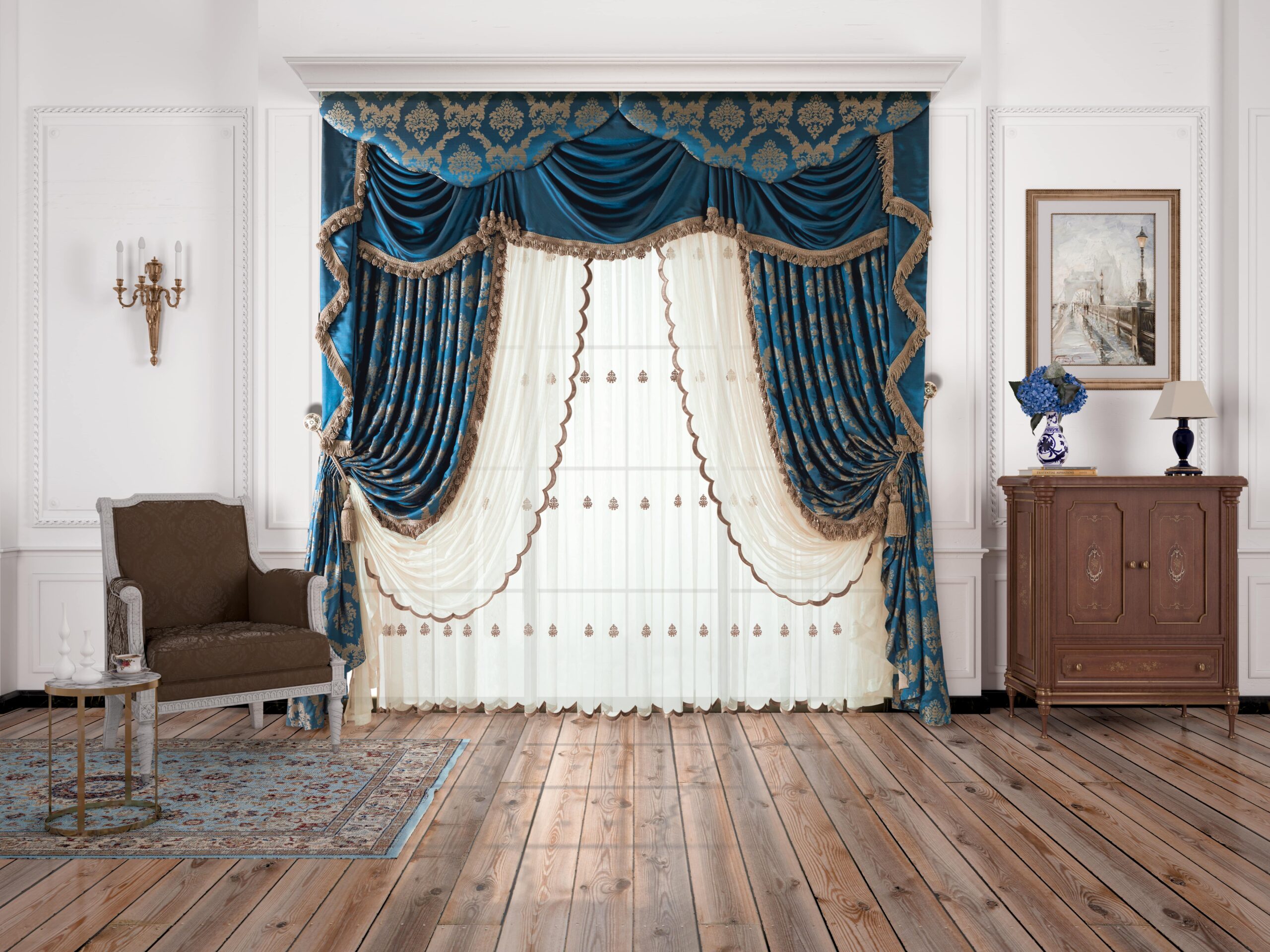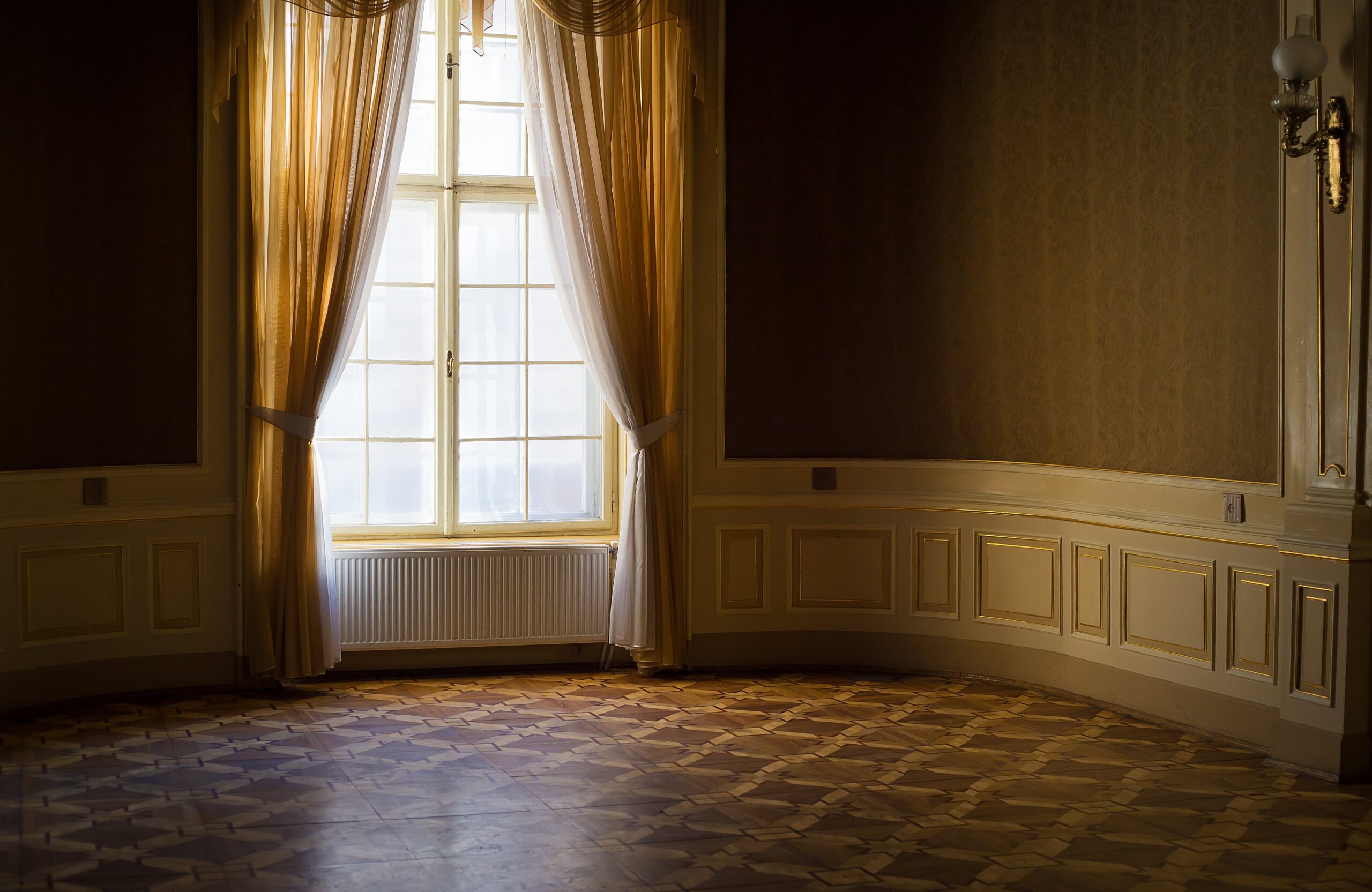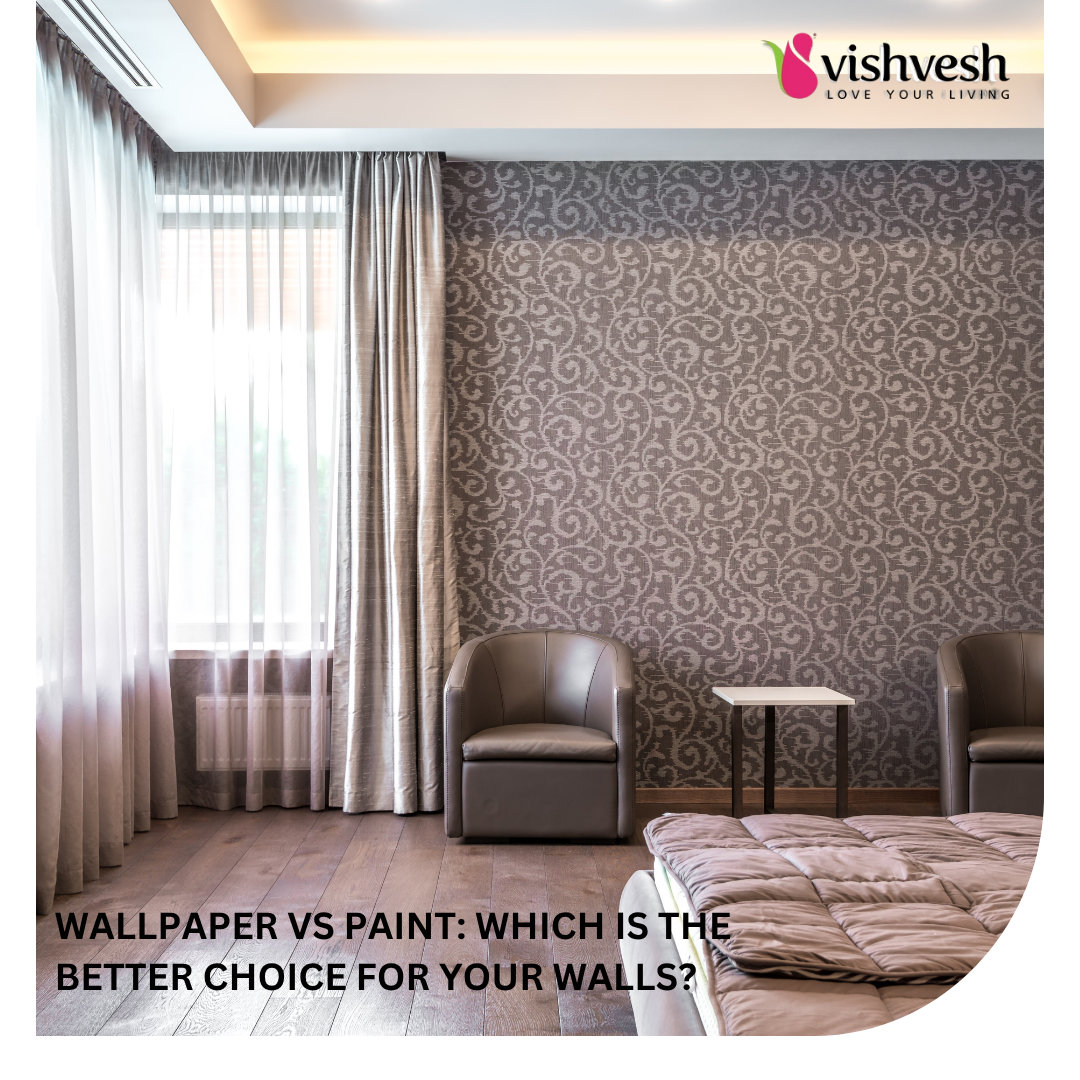Curtains and blinds are not simply ordinary window treatments, they embody a rich legacy that extends far into the past, a legacy that has shaped the course of human history. The evolution of curtains and blinds reveals how they have adapted and transformed to serve both practical and aesthetic functions over the centuries, from ancient civilizations to the modern homes of today. Join us as we embark on a captivating journey through the history of curtains and blinds.

From Timeless Past to Present Day: The Evocative Saga of Curtains & Blinds
The tale of curtains and blinds goes beyond just window dressing, it’s an epic journey through thousands of years of human history. From age-old civilizations to the abodes of today, curtains and blinds have served both utilitarian and decorative purposes. This piece of writing will unearth the history of curtains and blinds, and how they have transformed with the passing of time.
The Era of Greece & Rome:
The use of curtains and blinds date back to ancient times, where they were prevalent in Greece and Rome. The curtains and blinds were employed for shielding privacy, insulating and ornamentation. They were constructed from heavy, elaborate fabrics, and were mostly utilised in affluent households to separate rooms and ensure confidentiality. Apart from their functional usage, curtains and blinds were also a sign of social status and were utilised to flaunt the wealth and sophistication of the householder.
Mediaeval Period:
During the Medieval Ages, curtains and blinds remained indispensable for both functional and aesthetic purposes. With the rise of the church, curtains and blinds also acquired religious symbolism. Curtains were often used to conceal altar or chapel windows and blinds to adjust the quantity of light entering the room. This epoch saw the advent of wooden blinds, which were easier to produce and maintain in comparison to the heavy cloth curtains of the bygone era.
The Radiant Renaissance:
As the Renaissance dawned, curtains and blinds saw a resurgence of artistic expression. Wealthy homeowners used curtains and blinds to display their taste and affluence, with elaborate patterns and designs adorning windows. This period marked a turning point for curtains and blinds, elevating them from functional objects to works of art in their own right.
The Industrial Era’s Influence:
The Industrial Revolution brought about a transformation in the curtains and blinds industry, with the advent of new technologies and manufacturing processes. The power loom made mass-production possible, enabling curtains and blinds to become more accessible to the masses. The introduction of materials like oilcloth and linoleum brought about a new era of durability and longevity for curtains and blinds, solidifying their place as an integral part of modern society.
The Vibrant Present of Drapes and Shades:
The narrative of curtains and blinds hasn’t ceased, it still echoes with a modern touch in our current era. Technological advancements have added a new chapter to the legacy of curtains and blinds by allowing the creation of thermally efficient window coverings. The plethora of styles and designs available today, ranging from classic traditional to sleek contemporary, has made it possible for homeowners to exhibit their personal style while fulfilling their functional needs. With such an extensive variety, every taste, preference and budget can be catered to with the perfect drape or shade.

Final Thoughts:
The evolution of curtains and blinds is nothing short of captivating, a testament to how they have played a crucial role in both practicality and style throughout the ages. From their grand beginnings in ancient Greece and Rome, to the innovative, temperature-regulating window coverings of today, curtains and blinds have always been a central aspect in our homes and daily lives. If seeking seclusion, warmth, or to infuse a touch of flair into your space, curtains and blinds remain the ultimate option to consider.












